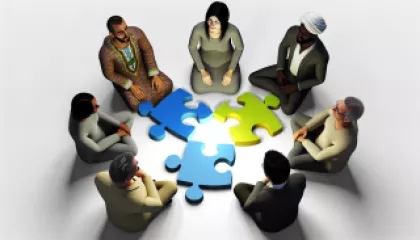Top 10 Time Management Techniques for Busy Professionals
1 year ago
Time Management
Decoding Adult Attachment: A Personal Insight
1 year ago
Understanding Attachment in Adults
Top 10 Strategies to Discover Your Life Purpose
1 year ago
Finding Life Purpose
Unraveling the Psychology of Belief: Why We Hold Our Convictions
1 year ago
Psychology of Belief
Breaking Barriers: An Interview with a Diversity Expert on Confronting Bias
1 year ago
Confronting Bias
Rethinking Academic Stress: A Personal Perspective
1 year ago
Academic Stress
How Can You Effectively Overcome Your Fears?
1 year ago
Conquering Fears
Sparking Change: My Journey to Inspire and Motivate Others
1 year ago
Motivating Others








